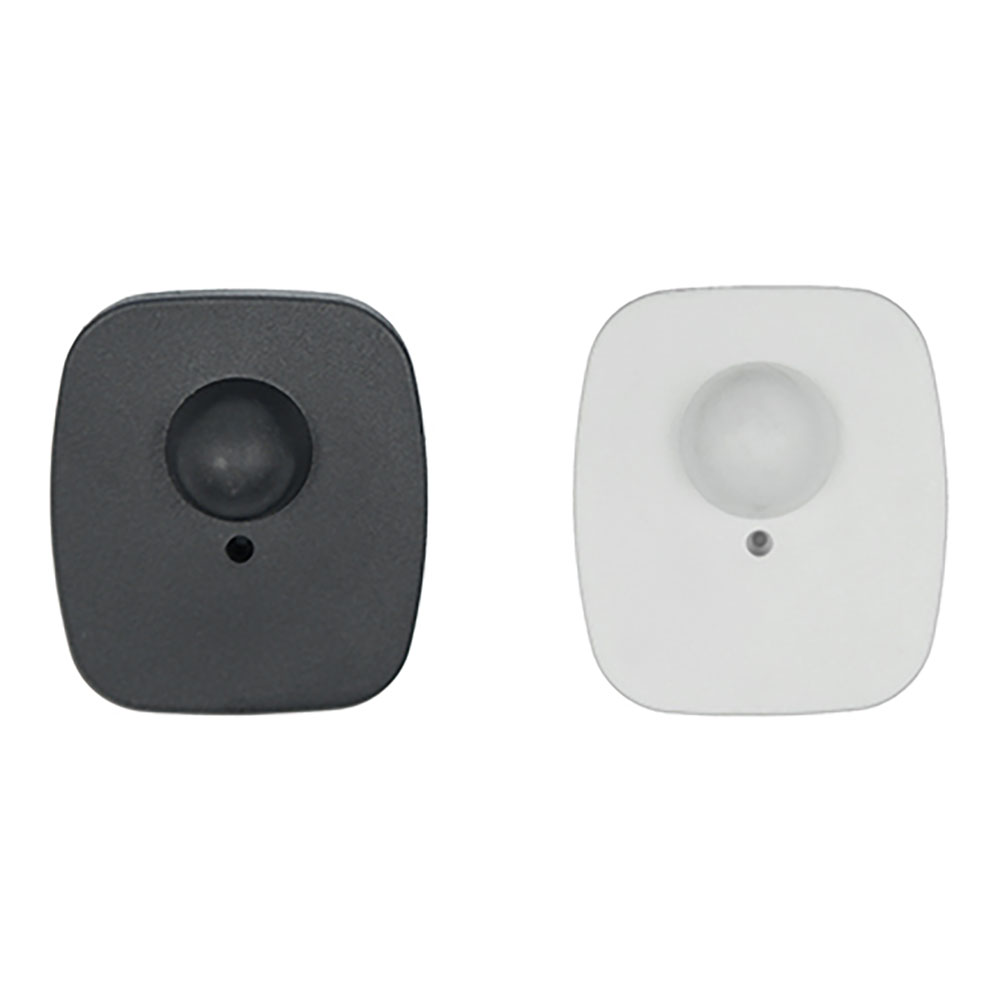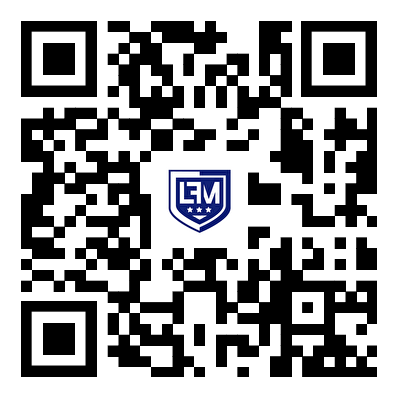- English
- Español
- Português
- русский
- Français
- 日本語
- Deutsch
- tiếng Việt
- Italiano
- Nederlands
- ภาษาไทย
- Polski
- 한국어
- Svenska
- magyar
- Malay
- বাংলা ভাষার
- Dansk
- Suomi
- हिन्दी
- Pilipino
- Türkçe
- Gaeilge
- العربية
- Indonesia
- Norsk
- تمل
- český
- ελληνικά
- український
- Javanese
- فارسی
- தமிழ்
- తెలుగు
- नेपाली
- Burmese
- български
- ລາວ
- Latine
- Қазақша
- Euskal
- Azərbaycan
- Slovenský jazyk
- Македонски
- Lietuvos
- Eesti Keel
- Română
- Slovenski
- मराठी
- Srpski језик
Brief analysis of the application of UHF electronic tag about EAS function
2024-01-05
RFID is divided according to frequency, including low-frequency, high-frequency, ultra-high frequency, microwave and other RFIDs, each of which has its own strengths in different application fields. This article only describes the EAS technology involved in ultra-high frequency (UHF) RFID, which currently has broad application prospects in the fields of warehousing, logistics, retail, library management, and intelligent transportation.
Taking large-scale retail applications as an example, if UHF RFID technology is used for fast commodity entry and exit management, and at the same time the original EAS system is used for entry and exit monitoring, it will inevitably cause two systems to exist at the same time, not only causing waste, but also causing management problems. bring difficulties and increase operating costs for merchants.
Because the ISO18000-6C agreement does not stipulate relevant standards for EAS, different electronic label chip design companies have different considerations in the design of EAS. This article takes NXP's second-generation RFID chip as an example to briefly introduce the EAS working principle of RFID electronic tag chips.

1. Registration of electronic tags
Before using an electronic tag, you need to register it. Registration is the process of writing the basic information of the item to be attached to the electronic tag and entering the information into the database. Each electronic tag has a special read-write EAS bit, which can only be modified through specific commands. During the tag registration process, the EAS bit is set at the same time.
2. Goods leaving the warehouse
Before goods with electronic tags are shipped out of the warehouse, a reader-writer needs to be used to send special instructions to clear the EAS bit in the electronic tag. Only products that have completed this step can safely pass through the exit detection device. Taking book borrowing as an example, when a reader selects a book and needs to borrow it, he can go through the borrowing procedures at the self-service book borrowing and returning machine, and the self-service book borrowing and returning machine will automatically clear the EAS bit. Readers can safely pass through the detection gate. If the borrowing procedures are not completed, there will be an audible and visual alarm when passing through the detection door.
Currently, there are an increasing number of companies that can provide UHF RFID electronic tags. Different companies' electronic tags have different definitions and access methods for the EAS bit. When designing EAS for different RFID tags, you first need to know their access instructions. Some companies provide RFID electronic tags that do not have dedicated EAS bits. For such tags, what should you do if you want to use the EAS function? The usual approach is to open up 1 to multiple data bits in the EPC area or user data area to simulate the EAS function. The specific location and size can be defined according to development needs. When the EAS function is required, a specific value can be specified for the specific position. When the monitoring module reads the electronic tag, it first analyzes the EAS bit and drives an alarm when an abnormality is found. However, using this analog EAS function is generally less efficient than a dedicated EAS function.
Traditional retail and other fields mostly use the barcode plus EAS sales management model. With the promotion and application of RFID technology in retail and other fields, it will definitely bring innovative changes to the industry. At the same time, because RFID technology itself takes into account the EAS function, in many places where RFID technology is applied, the EAS function can be easily implemented, simplifying management, and reducing costs. It is a display of humanized management and management in high-end shopping malls, large and medium-sized supermarkets, libraries, etc. Iconic equipment with high technological content is an inevitable trend in the development of modern retail and other fields.



